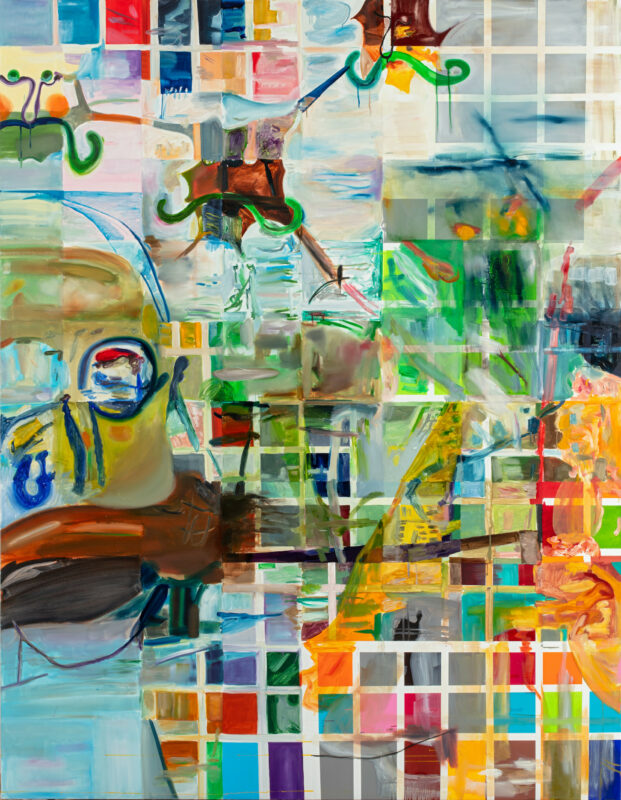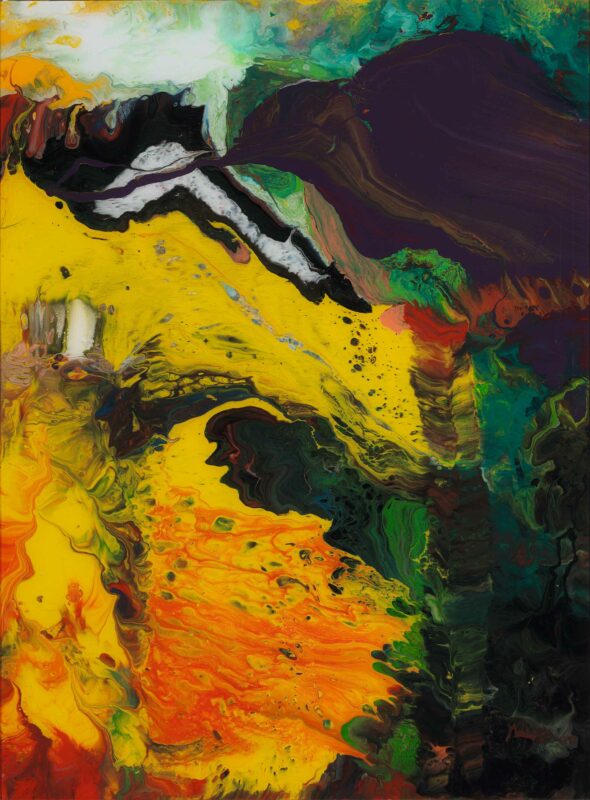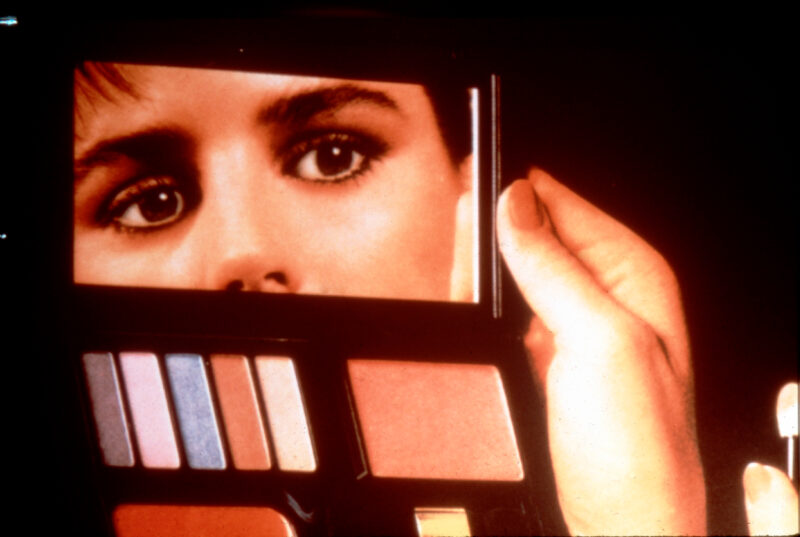
Christopher Wool Untitled, 2004 enamel and silkscreen ink on linen 96 x 72 in. (243.8 x 182.9 cm.)
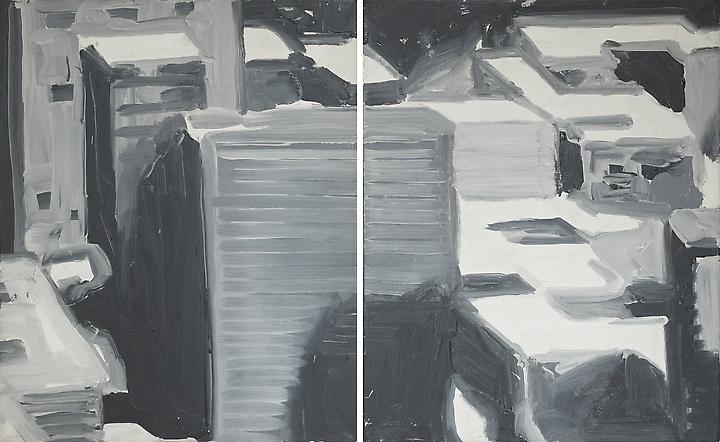
Gerhard Richter Stadtbild, 1968 diptych – oil on canvas each: 20 7/8 x 16 7/8 in. (53 x 43 cm.)
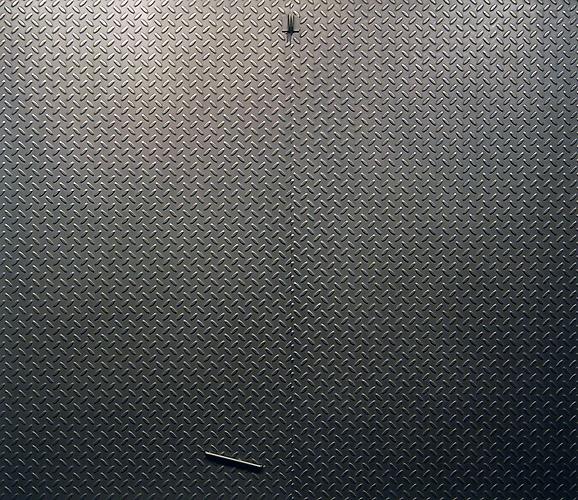
Adam McEwen Simeon Stylites, 2013 graphite mounted on aluminum 48 x 56 x 2 3/8 in. (121.9 x 142.2 x 6 cm.)
June 25th – August 31st , 2013 Skarstedt Gallery 23 Old Bond Street London W1S 4PZ. www.skarstedt.com
Skarstedt Gallery London is to present In-between, a thematic exhibition on the condition of grey and its material qualities featuring artworks by Vija Celmins, Günther Förg, David Hammons, Agnes Martin, Adam McEwen, Albert Oehlen, Richard Prince, Gerhard Richter and Christopher Wool.
Emerging from the cancellation of several colours, grey does not exist in its own right. Unlike black or white, which define borders and shapes, grey is representative of a liminal state. As Gerhard Richter wrote: ‘Its inconspicuousness gives it the capacity to mediate, to make visible… It has the capacity that no other colour has, to make ‘nothing’ visible.’1 Aligned with Richter, the artists chosen for In-between use grey as a medium to make tangible the artistic process, give it form and lend it surface quality. An expression of neutrality, grey and its ‘in-between’ status enable the artists to navigate the physical space occupied by the viewer and the imaginary or fictitious state driving their creative ambitions.
Devoid of all emotional attachment, grey’s impartiality provides the perfect backdrop against which to unveil the process of painting, as exemplified by Gerhard Richter’s Grau (1976). Without figurative motifs to distract the viewer’s attention, Richter’s application of paint onto the vast canvas is a demonstration of reduction at its most convincing. Like whispers across the surface, areas of softened matt paint are caught in the light, revealing the artist’s concern with texture. As in his earlier Stadtbild (Townscape) paintings, two of which are featured in the exhibition, Richter’s primary motivation is the expression of the material quality of paint.
In Albert Oehlen’s Titanium Cat with Laboratory Tested Animal (1999), the influence of Gerhard Richter’s painterly practice and the process known as vermalung: the act of creating movement through undoing, scraping and over-painting, is in full evidence. Seeking to advance this method and capture three-dimensionality on the canvas, Oehlen employs grey as his primary tool and as an antidote to his highly colourful paintings. Like Oehlen, the physical act of painting is the dominant subject matter in Christopher Wool’s Untitled (2004). As with Wool’s early drip paintings, the influence of Jackson Pollock is observed here. The juxtaposed movement of the vigorous brush strokes in gradations of grey, the evident drip marks on the canvas surface and the curvilinear spray-painted lines, all combine to convey the rhythmic application of paint and the layered structures of the composition. Through his physical engagement with the brush and canvas, Wool articulates the process of painting.
Günther Förg’s Untitled III (1990) and Adam McEwen’s Simeon Stylites (2013) invert our perceptions and trouble our sensibilities. Complementary in their solid, vault-like presence, the surface texture of both works belies the object qualities of the artists’ materials. Förg’s inclusion of a vertical dark purple band recalls Barnett Newman’s minimalist compositions and enhances the chalk-like surface of the lead support to provide light relief to the physical weight of the painting. Conversely McEwen’s use of machined graphite gives the illusion of immeasurable weight and yet its perceived density disguises a hollow graphite structure. The silvery grey patina of the basement door simultaneously absorbs and reflects light, focusing our attention on the surface execution and McEwen’s treatment of the material. By selecting graphite – the material of pencil lead – McEwen manipulates this recognisable object, making it both familiar and strange in equal measure. Through his use of the material of inscription, the door becomes both subject and object of its own creation.
Richard Prince’s sculpture Untitled (SB Hood #1) (1989) and David Hammons’ Untitled (Basketball Drawing) (2004) demonstrate the subtleties of grey and its inferred ambiguity. Prince’s sarcophagus-like hood, presented on a wooden pedestal, is offered up as a sacred object. Ordered from a catalogue, the car hood is in fact a ready-made object. Drawing on the association of the muscle car with ‘Americana’ – the sacred religion of American consumerism, the hood simultaneously raises questions about artistic authenticity as well as consumerist culture. Likewise Hammons’ drawing veils the grittiness of its making. Close inspection reveals the drawing is created through the repeated bouncing of a basketball against the white paper, imprinting Harlem dirt onto the pristine surface. Here, grey serves as tool for emotional distance, enabling Hammons’ commentary on racial stereotypes. His drawing becomes a metaphor for the African-American experience as well as the high-art milieu in which it circulates.
In Agnes Martin’s Untitled (c.1995 and 1990) works on paper, the horizontal bands dividing the picture plane reveal her exploration of abstraction as well an engagement with colour and surface. The ink washes onto the fibrous paper enhance the softness of the greys and reveal the varied tonal range existing between white and black. Through the symmetry of her composition and alternate light and dark bands of grey, Martin gives visual presence to an ‘in-between’ grey zone, a space that she attests ‘holds meaning for us that is beyond expression in words.’2
1 Gerhard Richter quoted in a letter to E. de Wilde, February 23 1975, cited in Gerhard Richter: Text, Writings, Interviews and Letters 1961 – 2007, Thames & Hudson, London, 2009, p. 92
2 Agnes Martin handwritten note ‘Comment About the Prints ‘On a Clear Day’’, October 15 1975, cited in Arne Glimcher, Agnes Martin: Paintings, Writings, Remembrances, Phaidon, London and New York, 2012, p. 61

